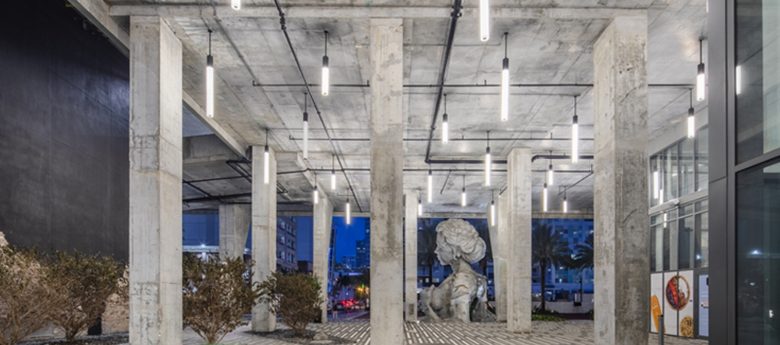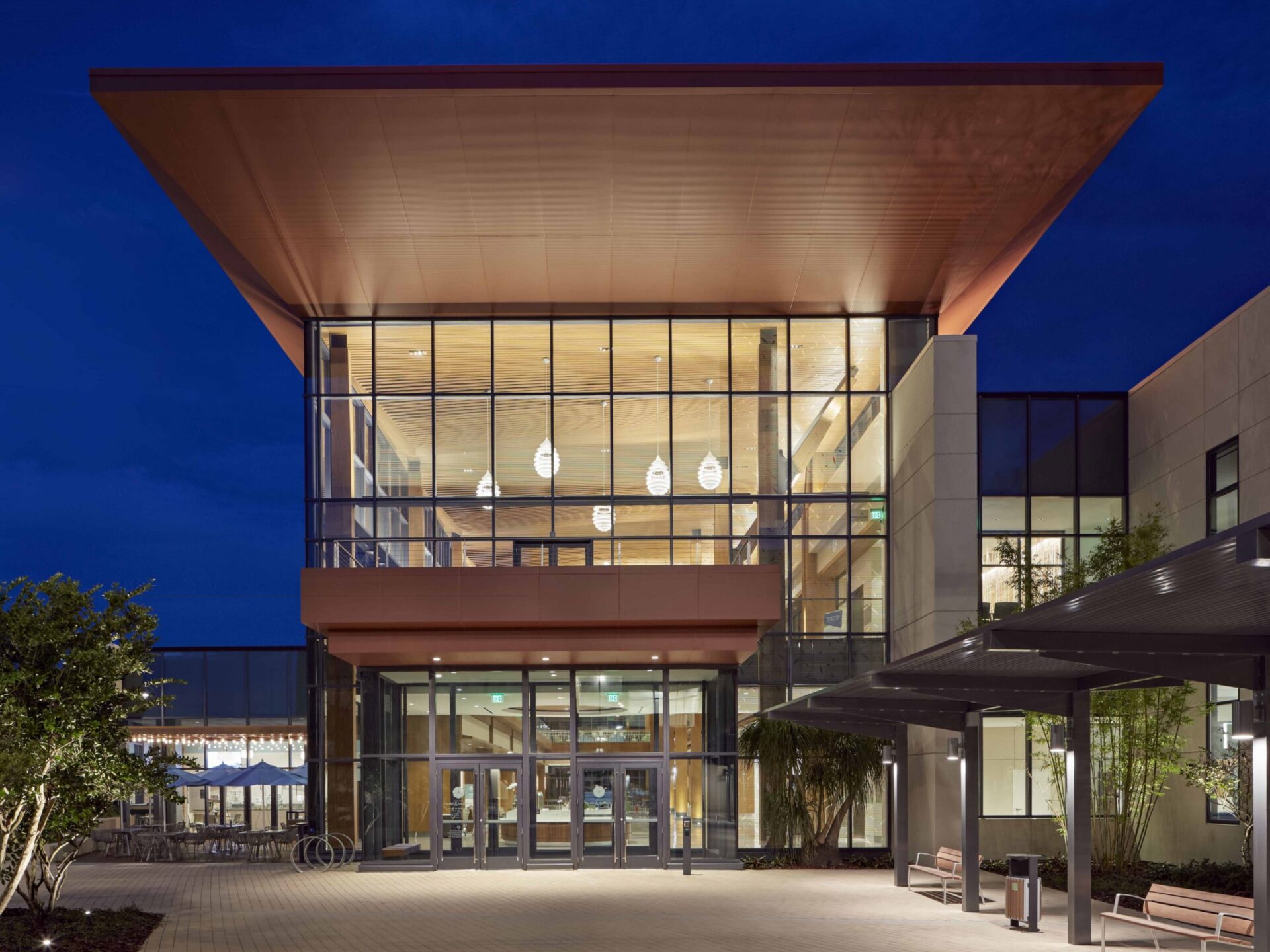Bringing Buildings into the Fourth Industrial Revolution

The form of buildings as places of shelter or gathering has remained largely unchanged over the course of human history. While we may point to advances in plumbing, heating/cooling, or, more recently, communications, the notion of an “intelligent building” is still a futuristic concept compared to the transformations and breakthroughs we have seen in other asset and object categories.
From telehealth to unlimited catalogues of digital entertainment, from global learning platforms to 15-minute online deliveries, we have come to expect customized, on-demand, digital-driven offerings in all parts of our professional and personal lives. This is actively shaping and influencing our physical, digital, and biological worlds, changing how we live and work.
And yet, despite this, our buildings are mostly stuck with the capabilities ushered in by the second industrial revolution over a hundred years ago. The question is not if we will demand the same level of capability from the spaces in which we spend upwards of 90% of our lives in but, how soon?
As we have seen in our industry, though, change happens slowly. The rate of innovation when compared to other sectors is significantly slower and could be attributed to the cost and complexity of older buildings. But with new construction growing rapidly, we have to ask why our industry lags. The 140-year-old automotive industry, for example, is on the cusp of a complete transformation with electrification, connectivity, and autonomy, with no comparable step change for buildings. Consider that the average $50,000 vehicle is significantly more sophisticated in terms of connectivity and computing ability than the average $100 million building. Many of our buildings function as if we’re still in the second industrial revolution, where innovation ended with the introduction of electricity.
Applying the same enhanced user value and potential ROI concept to buildings we can only begin to imagine how a combination of sensors, AI-infused controllers, and edge-to-cloud computing could optimize occupant experiences and operations across a real estate portfolio. While the opportunity is there when integrated at the design phase of new construction, we can’t miss the opportunity and potential for gains by retrofitting older buildings too.
The State of Buildings in the 4IR
Evolving static indoor environments into intelligent spaces starts with understanding how people use the building and all areas inside the facility. Where do they enter, gather, exit? When or how do these patterns change? How do they interact with building and business assets to accomplish their goals? Are there frequent bottlenecks anywhere?
Next, we need to collect and optimize this usage data. This information informs predictions on how to better plan resource and facility usage. The greater the breadth and depth of data captured and processed, the better the outcomes can be. Like an autonomous vehicle, the building can actively support people’s ability to maximize their own safety, productivity, and comfort in a space.

Smarter, Safer, Greener and the 4IR
A building that senses, thinks, and acts autonomously can manage environmental controls, energy utilization, and security decision-making. This frees facilities managers to address higher priority tasks. Additionally, a cloud-based BMS can scale across a portfolio to reduce operational costs and give teams the ability to manage all assets from anywhere.
The data we need already exists all around us; how we capture and apply it to improving employee, associate, and guest experiences varies. As data analysis and predictive models grow in accuracy and predictability, the software responds more appropriately to a wider variety of dynamic conditions, enabling teams to build greater trust in the recommendations and actions we take.
As the pandemic has demonstrated, monitoring and rapidly responding to changing health mandates has been challenging. A responsive space would understand its occupants, and support social distancing, monitor air quality, close off sections as needed, dynamically route people to the most appropriate resources, and even drive compliance actions.
With 80% of people having invisible disabilities, intelligent spaces can also enable accessibility on demand. An evolved space learns about its occupants’ needs, and can respond with lighting, audio, and/or mobility assistance as someone requiring these features moves through the area. As we build more diverse and more inclusive teams, our buildings will evolve to support all of our people.
Both the built and natural environments stand to benefit from the innovation within the Fourth Industrial Revolution. Today’s buildings are responsible for more than 40 percent of all U.S. energy use and greenhouse gas emissions. In order for us to reach our goals of creating a more sustainable environment, our buildings need solutions that equip them to reduce consumption, cut energy costs, and improve sustainability.
Signs reminding people to turn off the lights or adjust thermostats when they leave a workspace are common in modern buildings. However, most facility or energy managers will agree that these efforts, while well-intentioned, are not always practical or the most efficient. Binary “off or on” decisions not only affect occupant comfort and equipment performance but are subject to human error.
An intelligent system adjusts utility consumption according to learned operational needs. Lights and heating and cooling systems respond to how people are using an indoor space at any given time. When done right, coordinating energy usage with occupancy patterns, grid capacity, and monitoring equipment to detect problems will have a measurable environmental impact at a global level.
Where We Go From Here
Industries still recovering from the effects of a global pandemic are investing in adaptive processes to function in the new normal that is anything but. Yet as their businesses become more agile and responsive to changing societal climates, these same industries will undoubtedly demand more from their real estate investments. Initiatives such as the Glasgow Breakthroughs coming out of this year’s COP26 are further evidence of the need for innovation to ensure our buildings are adaptive and resilient moving forward. The Fourth Industrial Revolution is underway, and buildings will become smarter, safer, and greener; only one question remains: How quickly can we get there?
Sandeep Modhvadia is Vice President of Product at Atrius(R) Acuity Brands.
